Find the best pair of headphones, with our expert’s advice
There’s no shortage of headphones out there. We offer more than 250 different models, spanning all types of styles, colors, and features.
So how do you find the best headphones for you? I’ve written about and tried lots of headphones, so I can help you narrow down your choices.

I spend many hours a week writing about and listening to headphones. Read on for my advice on choosing the perfect pair.
The right headphones for the situation
Here’s the most important thing to think about: how and where you plan to use headphones. Different headphones work better in different situations. In the sections below, I’ll take you through the main styles, categories, and uses, and point out some features to look for.
Headphone fit styles
First, there are some basics you should know about fit. There are three different headphone form factors to consider: Over-ear headphones, which surround the ear completely, on-ear headphones that rest on top of the ears, and in-ear headphones — or earbuds — that fit securely inside the ear opening or canal.
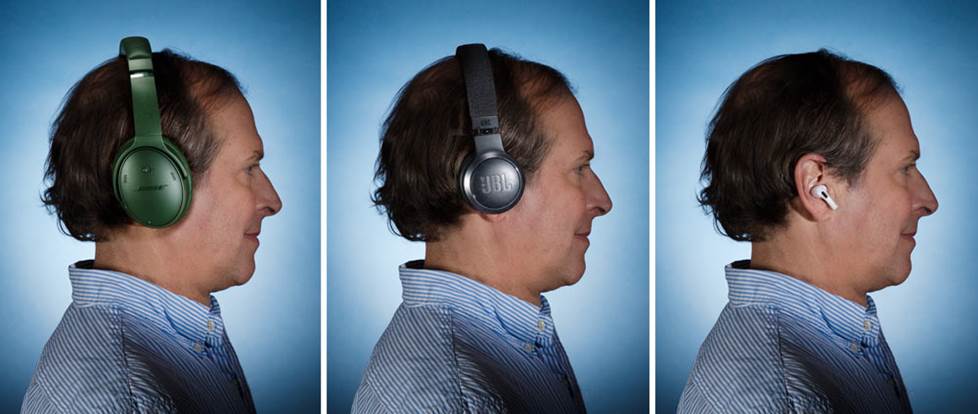
Which headphone style is right for you?
In-ear headphones
Earbuds are the most portable style of headphones — great for traveling light and on-the-go listening. Right now, the two most popular in-ear options are true wireless earbuds and wired in-ear monitors (IEMs). IEMs feature high-performance drivers and are primarily designed for stage and studio use, but have developed a following among discerning listeners, too.
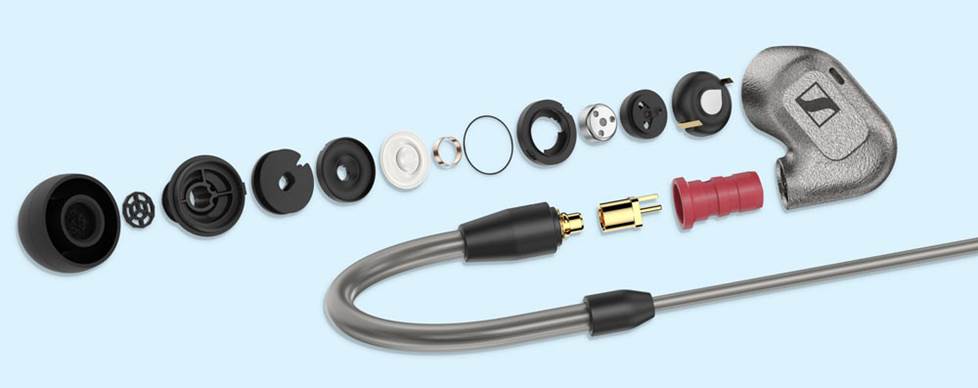
High-performance wired IEMs like the Sennheiser IE 600s use an intricate series of drivers, filters, and air chambers to deliver detailed, accurate sound.
There are distinctions when it comes to exactly how different earbuds fit, too. Some fit deep into the ear canal to make a tight seal while others rest just inside the ear. Some feature hooks or wraparound cables to better keep them in place. And most include a variety of different-sized ear tips, so you can find a comfortable, secure fit.
Over-ear headphones
Since over-the-ear headphones are larger than earbuds, they have more room to fit drivers, microphones, and important circuitry. So that generally leads to better sound and, when applicable, things like stronger battery life and noise cancellation. And I still prefer over-ear headphones when I know I’ll be listening for a long period of time.
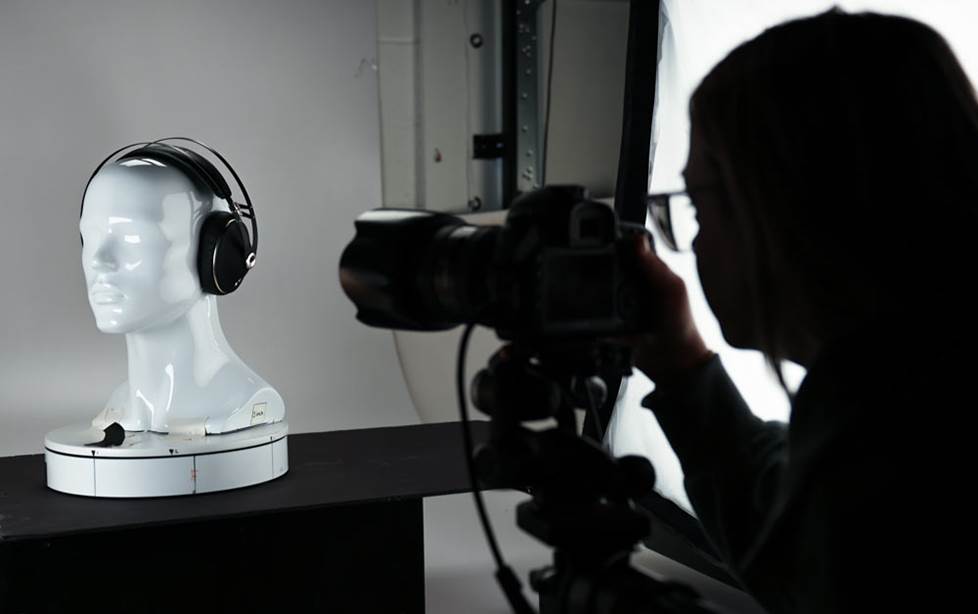
We’ve taken photos of many on-ear and over-ear headphones on a mannequin to show scale — find them on our product pages.
Over-ear headphone designs and earcup sizes can vary greatly. Some are streamlined and built for travel, while others sport giant earcups that can engulf your whole head. These supersized headphones house extra-large drivers inside a roomier chamber and are designed for focused listening.
Open-back vs closed-back
This choice often boils down to “where do you usually listen to headphones?” At home, in a room where you won’t disturb others? Or in a crowded place like an office or bus?
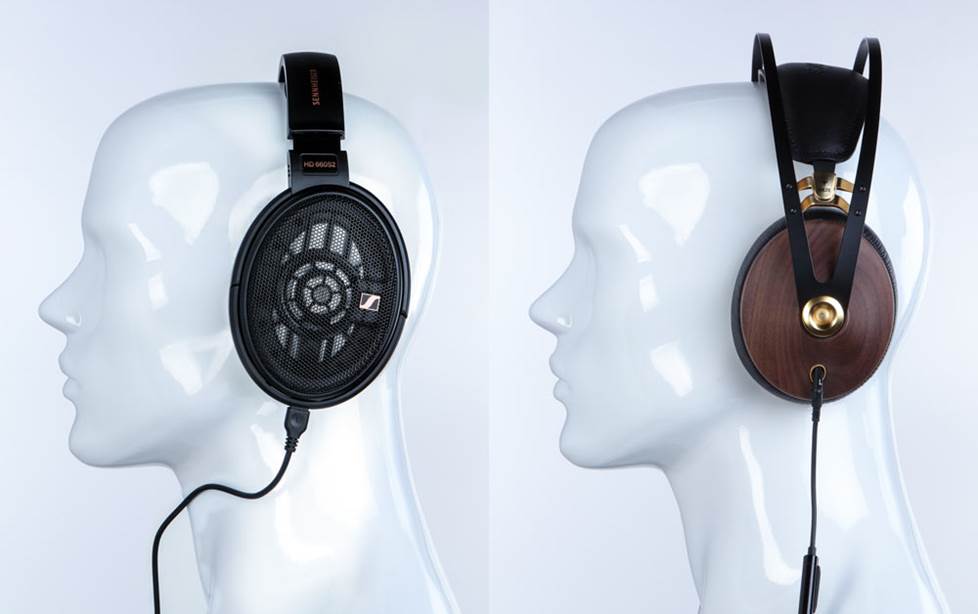
The open-back Sennheiser HD 660S2 headphones and the closed-back wooden Meze 99 Classics headphones.
Open-back headphones allow air to flow through the earcups. This typically ensures sound that is more spacious and natural. Closed-back headphones help keep sound from leaking in or out.
Comfort and “Fit Factors”
Headphones are unlike most products we carry at Crutchfield. Sure, when choosing any audio gear, it’s ultimately about personal preference. But much like shoes or clothing, how your headphones feel plays a big part in how much you’ll enjoy them.
Years ago, we completed extensive in-house comfort testing that informed our top 5 most comfortable headphones article. We invited a group of 20 Crutchfield employees to try on more than 50 over-ear headphones, over the course of several sessions. It’s how we developed the list of fit and comfort elements we call “Fit Factors.”
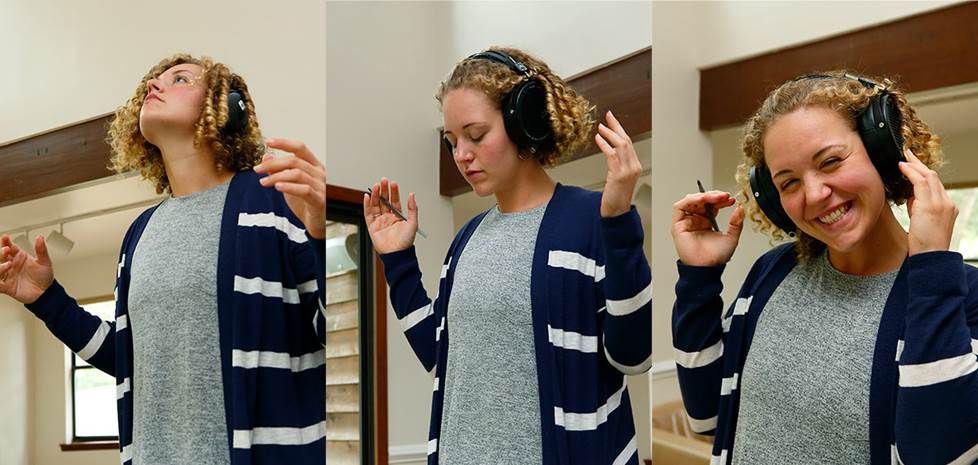
Our employees (like Britney from Marketing) tested over 50 headphones specifically for comfort and fit.
If I’ve had a test run with a pair of headphones, I’ll list the three most significant Fit Factors for that model. It could be the perceived weight, size, or whether they fit relaxed, snug, or somewhere in-between.
Of course, sometimes the more you wear headphones, the better they feel — our 60-day return period gives you time to try them out.
Wired vs wireless headphones
Most of our top-selling headphones right now are Bluetooth headphones. Probably not a shocker. They let you listen to music without connecting a wire to your phone — where most of us keep our music and podcasts. That makes them super convenient.
Plus, Bluetooth’s sound quality and reliability have greatly improved over the past four or five years. Anything Bluetooth 5.0 and above will generally give you a greater wireless range and faster data transfer rates. I can typically keep my phone on my home office desk and walk clear across my basement wearing the headphones — without audio dropout.
Check out our best Bluetooth headphones of the year.
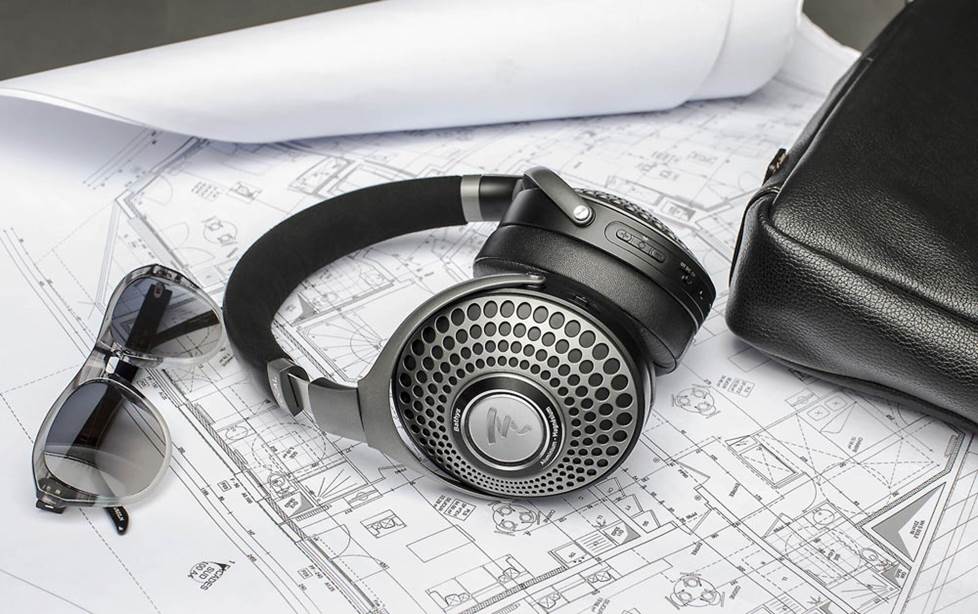
Audio quality over Bluetooth has grown by leaps and bounds. Case in point: the Focal Bathys, named our “best-sounding” wireless headphones.
Even so, audio purists often prefer wired headphones to deliver the best possible sound. And the highest-end headphones rely on a wired connection. When I’m not checking out a new pair of headphones at my desk, my go-to listening rig includes a pair of wired over-ears.
See my picks for best wired headphones of the year.
True wireless earbuds
This is our fastest growing headphone category. For many of us, true wireless earbuds have become part of the everyday routine. It’s so easy to pop them in and listen to music or podcasts while you go about your day. Plus, their charging cases can bank hours of power for recharging.
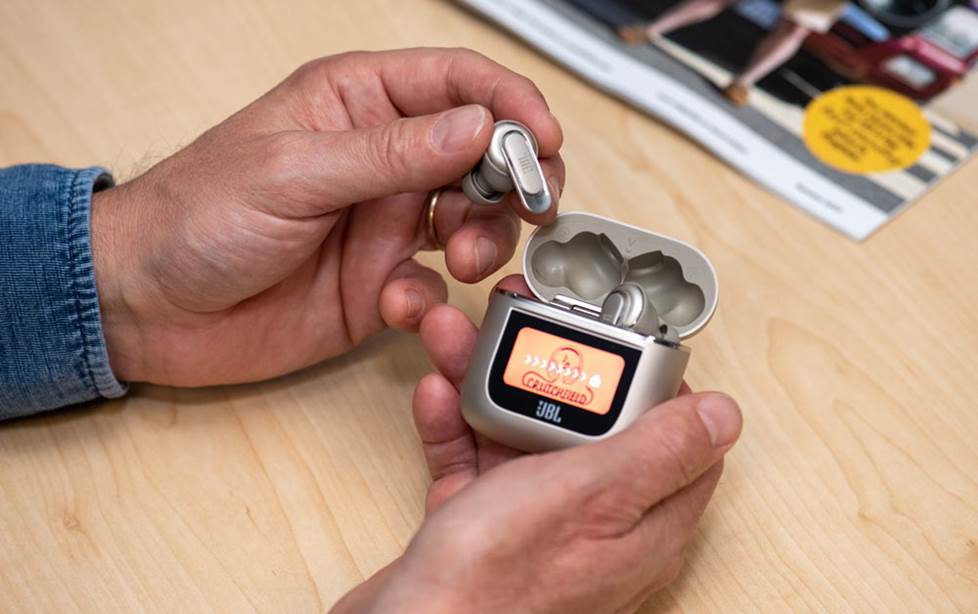
True wireless earbuds, like the JBL Tour Pro 2, come packed in a case that can bank hours of power to recharge the headphones.
You can slip them right into your pocket or bag, so they’re easier for travel, too. AirPods are still the most well-known, but you’ll find some excellent alternatives from Sony, Bose, Sennheiser, and other top brands in my list of the year’s best true wireless earbuds.
Headphone features to look for
A lot of headphones do way more than just play music these days. Some are packed with cutting-edge technology, intuitive controls, powerful mics, and more. Here are some of the most popular and convenient headphone features.
Active and adaptive noise cancellation
Noise-canceling headphones are extremely useful for blocking out loud distractions during work, travel, or your commute. I strongly recommend them for air travel and personally won’t step on a plane without them. They can block out the plane’s engine drone so you can watch movies or listen to music at safer volumes.
These headphones take canceling noise a big step further than a noise-isolating seal. They use internal circuitry to neutralize the sound around you. Some let you make manual adjustments, while others offer “adaptive” noise cancellation that reads the level of external noise and adjusts itself in real time.
Many customers associate noise-canceling headphones with Bose, who pioneered and popularized the category. I actually had a chance to interview legendary Bose engineer Dan Gauger, who was there from the beginning. He told me the whole fascinating history of noise-canceling headphones, from Dr. Amar Bose’s original concept in the late ’70s through today.

The latest Bose QuietComfort Ultra earbuds cancel noise better than any other in-ear headphone I’ve ever tried.
But Bose is no longer the only game in town. In fact, Sony’s juggernaut Sony WH-1000XM5s are our top-selling over-ear headphones. Here’s my video review of these “jack-of-all-trades” noise-canceling headphones:
Awareness or transparent mode
Many noise-canceling headphones these days offer a feature to help you stay aware of your surroundings. You’ll see the feature called “Awareness,” “Transparent,” “Speak thru,” or something similar. It uses the same built-in microphones as the noise-canceling circuitry to pick up external sounds, so you can hear them without removing the headphones.
Some headphones take it a step further by focusing in on voices and speech. Or, they might offer a mix of noise cancellation and “awareness” that can drown out obnoxious sounds (like construction), but elevate traffic noises and other sounds important for safety.
Smartphone controls/mic
Speaking of built-in microphones, a lot of headphones let you make or take calls. That also includes hopping on a Zoom, Skype, or Microsoft Teams meeting. If you’re working from home, using headphones is a good way to keep virtual office meetings — or FaceTime conversations — more private.
Bluetooth headphones often have touch or on-ear controls, and many wired headphones have a built-in remote/mic. They can give you control over music, calls, volume, and key functions like noise cancellation, aware mode, or your phone’s voice assistant.
Mobile apps for greater control over sound and more
Many wireless headphones these days have an accompanying app for your phone or mobile device. I find them especially useful with true wireless earbuds. Some apps can help with the wireless pairing process, let you adjust the EQ settings, or customize the sound to your preference or use.
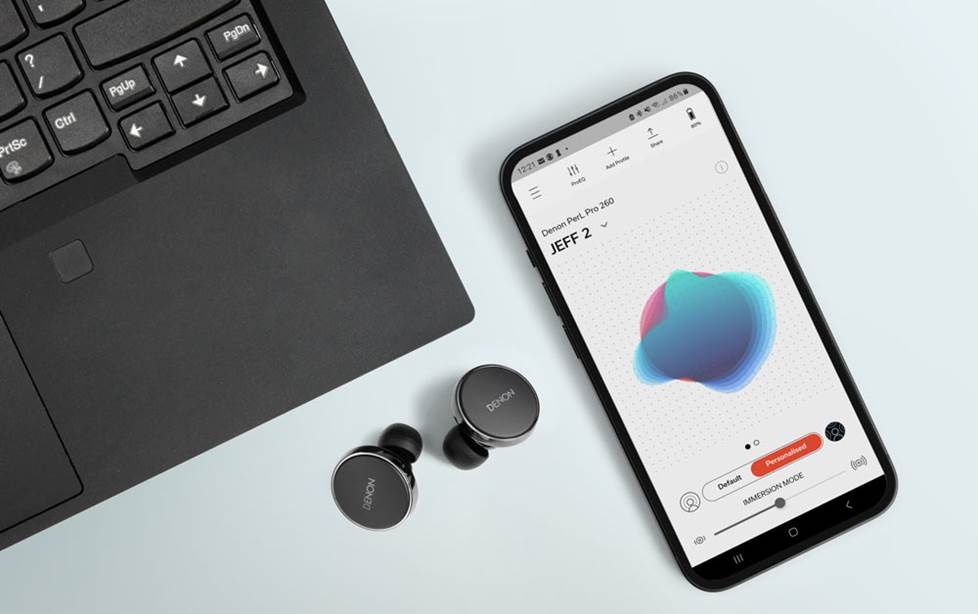
Denon’s PerL earbuds feature an app that walks you through a personalization process to tailor the sound to your hearing.
There are others that take personalization one step further. They may allow you to adjust the level of noise cancellation and transparency/awareness. Some will even calibrate the sound to your specific ears — by sending out test tones to measure your hearing and optimizing the frequency balance.
Types of headphones
Many of our customers have multiple sets of headphones dedicated to one purpose or another. Here are a few of the most popular types of headphones.
Sport headphones
Sports earbuds have a durability rating of IPX4 or above, meaning they’re sweat- and water-restitant. Some meet even higher standards and are fully dust- and waterproof. (Learn more about IP ratings and certifications.)
While comfort and fit are important for all headphones, they are absolutely crucial when you’re running and exercising. You need your earbuds to stay put while you move around. And sonically, a tight seal also leads to stronger, more consistent vocals and bass.
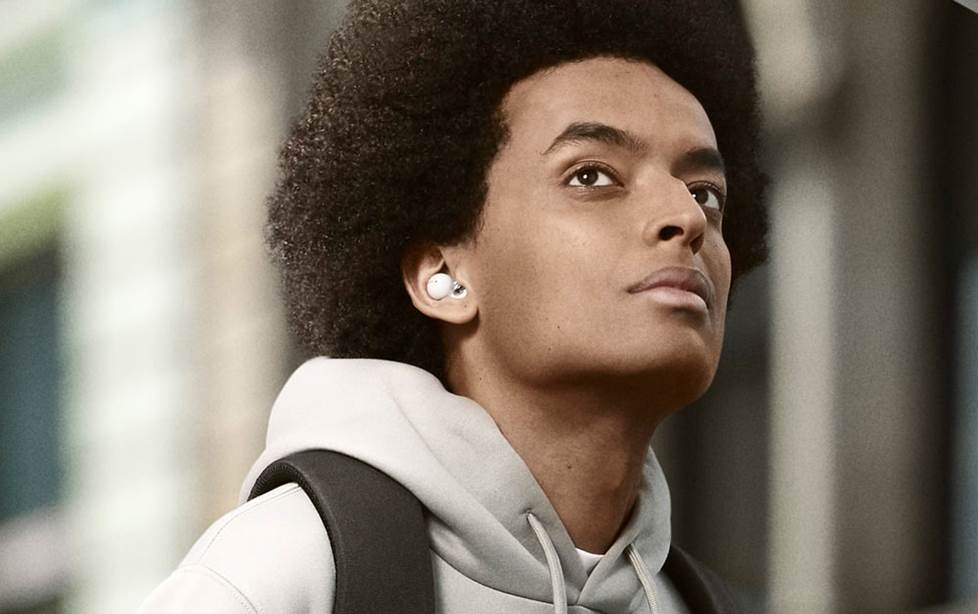
The Sony LinkBuds offer true situational awareness with a unique, completely open-air design.
Finally, safety is paramount when you’re running in public. Sports earbuds often have a transparency mode or offer other ways to stay aware of your surroundings. That includes a few with open-back designs — not nearly as common in earbuds.
Gaming headphones
Some video games are considered works of art — an innovative, immersive, and interactive way to tell a story. With all the time and effort that goes into make these games look and sound as good as possible, there should be headphones that can do them justice.
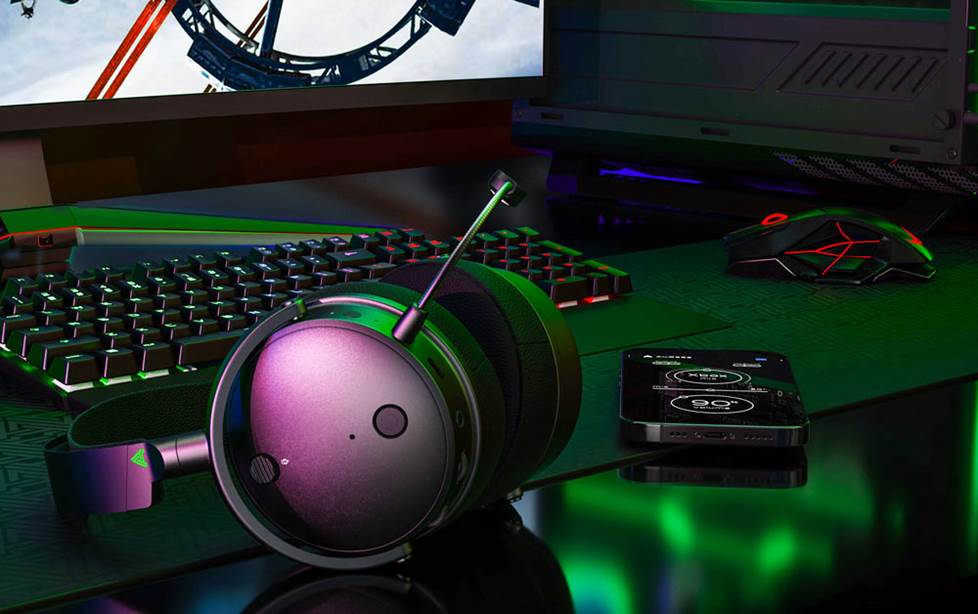
The Audeze Maxwell headset features expertly designed 90mm planar magnetic drivers for crisp, detailed sound and clear directional cues.
Most gaming headsets feature surround sound processing to give you an immersive gaming experience. Some also give you a competitive advantage: you can hear spatial cues or opponents trying to sneak up from behind.
Gaming headsets usually include a boom microphone so you can communicate with teammates — or trash talk opponents — more clearly. In some cases, the mic is detachable.
Check out our gaming expert Colin’s picks for the best gaming headsets.
Wireless TV headphones
There are two main reasons people ask our Advisors about TV headphone systems: either they are hard of hearing, or they want powerful TV sound without disturbing neighbors or family members.
So, can you use any Bluetooth headphones for TV? Many newer TVs can send a Bluetooth signal, so it is a legitimate option. But while the technology is getting better, there are still shortcomings with reliability, range, and latency. Dedicated wireless TV headphone systems tend to outperform Bluetooth headphones in these areas.
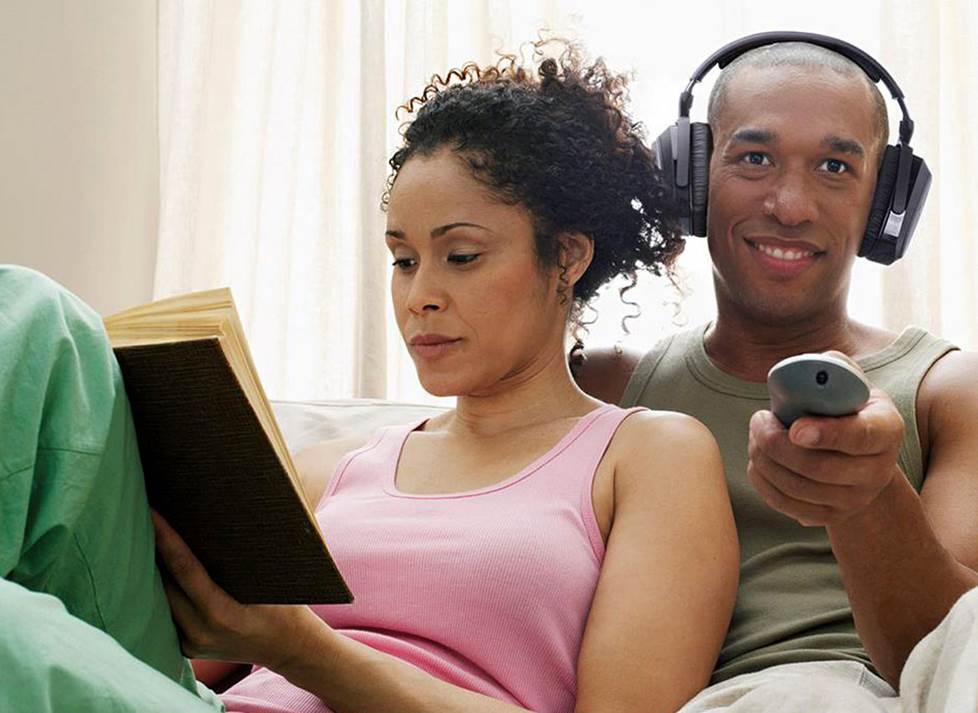
Watch TV at the volume you want to, without disturbing others.
A transmitter connects to your TV or stereo and beams sound wirelessly to a set of headphones — perfect for late-night viewing. I think Sennheiser’s line of transmitter-based headphones are the most reliable TV headphones. These were the ones I gave my grandmother when she was having trouble understanding speech and dialogue in her shows.
See our current picks for Best wireless TV headphones.
Audiophile headphones
In the end, like with all audio gear, it’s really all about the sound. And there is a growing category of headphones primarily designed for optimal sound. In turn, there’s a growing culture of discerning listeners and headphone aficionados centered around these audiophile headphones.
I personally prefer listening to a great pair of headphones over a nice pair of speakers. I just love the absolutely unfiltered connection you can get to an artist, song, or performance when you have the right headphone setup. You can really sink your teeth into the clear, dynamic sound that top-flight headphone drivers can deliver.
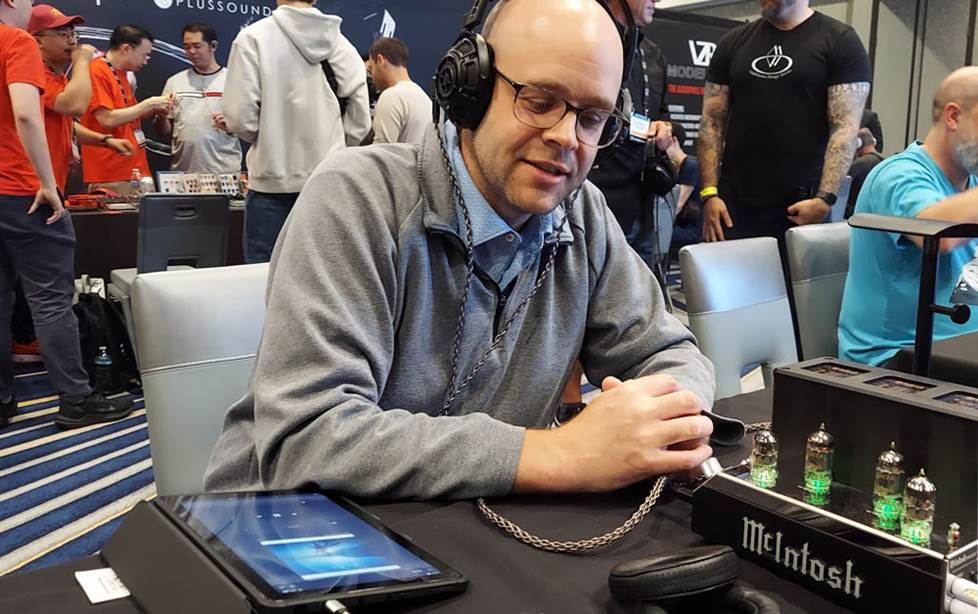
There’s a growing culture centered around high-performance headphones, perhaps best exemplified by the traveling CanJam personal audio shows.
The most-respected headphone manufacturers all bring something a little different to the table. There are all types of different earcup materials, headband styles, and driver philosophies (like soft or stiff dynamic, planar magnetic, electrostatic, and ribbon in over-ears, or dynamic and balanced armatures in IEMs). Some brands to look for include Sennheiser, Audio-Technica, Focal, Meze Audio, Grado, Dan Clark Audio, and Audeze.
Connectivity options
Most — but not all — sonically superior headphones are wired. Different models use different headphone plugs. The most common sizes are 1/4″ stereo or 3.5mm stereo mini. There are also “balanced” connection options (like XLR4 or the newer 4.4mm Pentaconn) that are generally better at reducing noise and interference.
Just make sure your connection matches with your music source or amplifier. The good news is you can usually find an adapter if you need one.
Headphone amps and DACs
Wired audiophile headphones generally aren’t the grab-and-go type, designed for use with your phone. For one thing, you don’t want to rely on your computer or phone’s digital-to-analog converter (DAC). An outboard DAC can squeeze out every musical detail — soft or powerful — from a recording.
And their special drivers often require more power to perform their best. A Headphone amplifier can make a world of difference. I usually notice more overall clarity and musical transparency — but also more muscle, control, and punch.
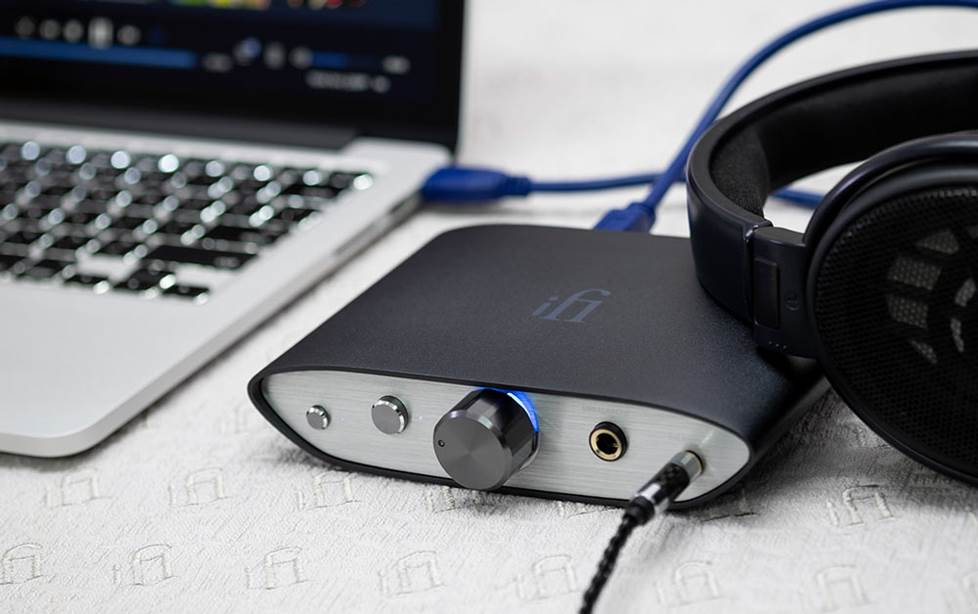
The compact yet robust iFi ZEN DAC V2 headphone amp/DAC combo can drive premium wired headphones of all shapes and sizes.
Most of the headphone amps we offer actually feature a built-in DAC, but not all. So while they’re deeply intertwined, we cover them in separate “best of the year” articles — one for the best headphone amps and one for the best DACs.

Have questions about any of the headphones we carry — from value-packed earbuds to this $36,000 electrostatic system? Just give us a shout!
No responses yet